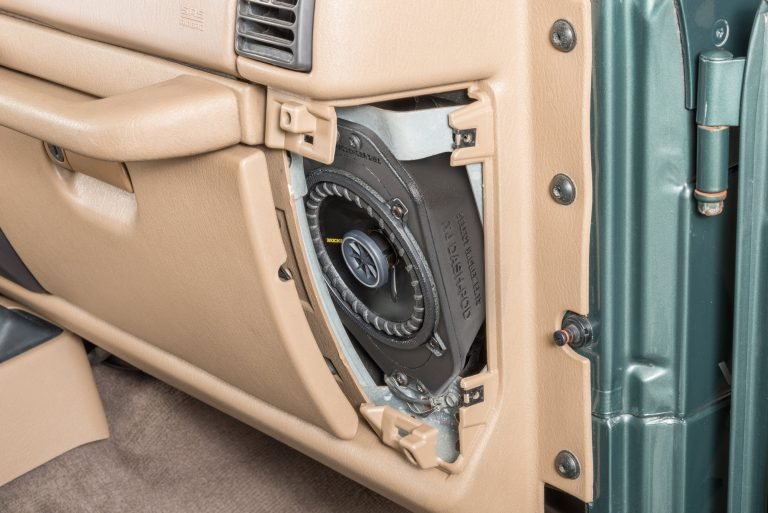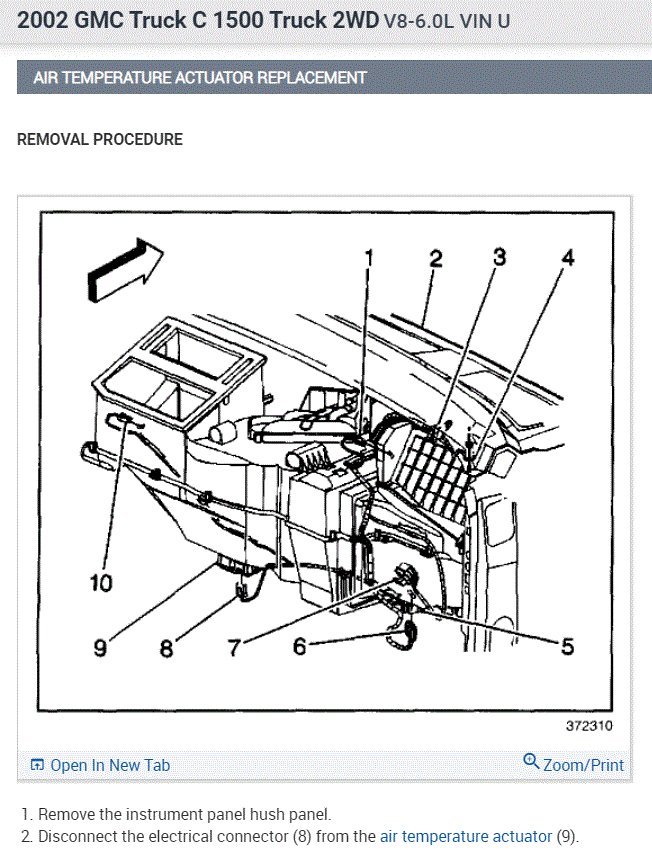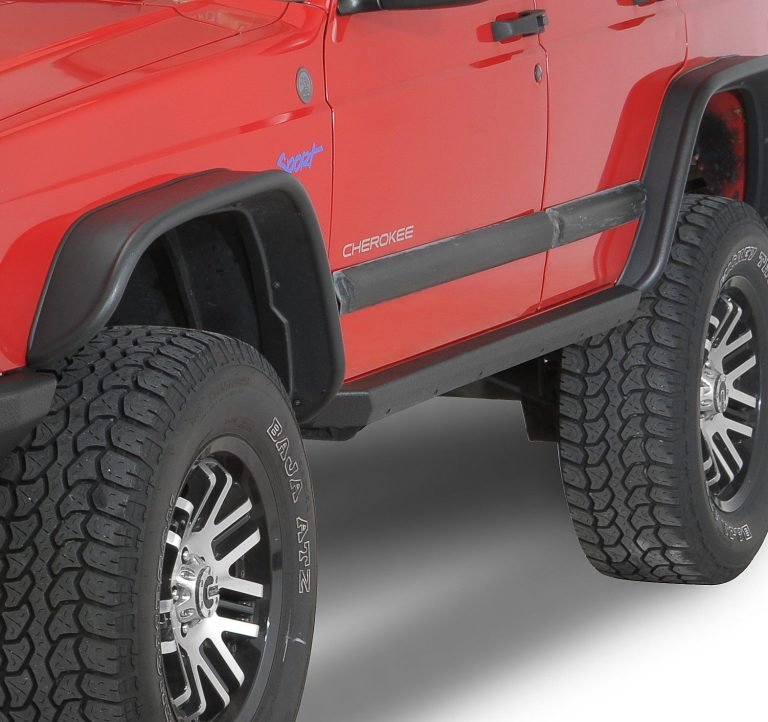Aw4 Transmission Fluid Capacity
Many Jeep owners and car enthusiasts alike may find themselves wondering, “What is the fluid capacity for an AW4 transmission?”. In a nutshell, the fluid capacity for an AW4 transmission is approximately 8-9 quarts. However, this can vary slightly depending on specific user conditions and versions of the vehicle. This detailed guideline aims to provide you with key insights into the subject to help you understand and manage your AW4 transmission fluid needs more efficiently.

Detailed Analysis of the AW4 Transmission Fluid Capacity
Given the significant role transmission fluid plays in the functioning of your vehicle, understanding the AW4 transmission fluid capacity is crucial.
What is the AW4 Transmission?
The AW4 transmission is a four-speed automatic transmission mainly utilized in certain models of Jeep Cherokee, Jeep Comanche, and some Toyota models. The transmission’s job is to transmit the engine’s torque to the wheels of the vehicle. Functioning at its best is necessary for ensuring peak performance.
The Importance of Transmission Fluid
Transmission fluid acts as a lubricant for the components of a car’s transmission. It helps prevent the overheating of parts, protects seals and gaskets, and reduces wear on the clutch plates. Regular checks and well-timed replacement of transmission fluid can greatly enhance the vehicle’s lifespan and performance.
The AW4 Transmission Fluid Capacity
The fluid capacity for an AW4 transmission will typically fall between 8-9 quarts. This does not imply that the transmission will require the total amount to function optimally. Regular maintenance merely suggests the addition of 3-5 quarts, keeping to account the residual fluid in the transmission.
However, the fluid capacity may vary slightly based on vehicle version, user conditions, and manufacturer recommendations. The best course of action is always to refer to the owner’s manual or contact the vehicle’s manufacturer for precise information.
Problems That May Arise and Their Solutions
Automatic transmissions, AW4 included, can sometimes encounter complications. Identifying these issues early on can prevent further damage and expensive repair costs. Below is a checklist of common problems and their solutions:
• Transmission fluid leak: If you notice a red or brown puddle beneath your vehicle, it’s likely that you have a transmission fluid leak which needs immediate attention.
– Solution: Determine the origin of the leak and fix it. This could be a punctured fluid pan, a loose filler tube, or faulty seals and gaskets.
• Abrupt shifting or slipping gears: Irregularities in shifting or slipping gears might signify low transmission fluid levels, or the need for a fluid change.
– Solution: Check your fluid level and color. If it’s low or burnt, add or change the transmission fluid accordingly.
• Overheating: Transmission fluid keeps the transmission cool. Overheating can cause significant damage and lead to the complete breakdown of the transmission.
– Solution: Regularly check your transmission fluid to ensure it’s at the right level and in good condition. Refill or replace as necessary.
Frequently Asked Questions
Q. Can the AW4 Transmission Fluid Capacity Vary?
Yes, while the typical AW4 transmission fluid capacity is approximately 8-9 quarts, individual factors such as the specific vehicle version and user conditions can influence slight variations.
Q. What Kind of Fluid Should I Use for My AW4 Transmission?
The recommended fluid for AW4 transmissions is Dexron/Mercon type fluid. However, you should always check your vehicle’s manual or get advice from the vehicle manufacturer for updated specifications.
Final Thoughts
Understanding the intricacies of your vehicle’s transmission and fluid capacity is crucial in ensuring optimal performance and longevity. While this guide provides valuable information regarding an AW4 transmission’s fluid capacity, always remember to consult your vehicle’s manual for the most accurate and personalized advice. Good automobile management involves a fine balance of knowledge, timely action, and regular maintenance. Stay informed, stay proactive, and drive safe.







